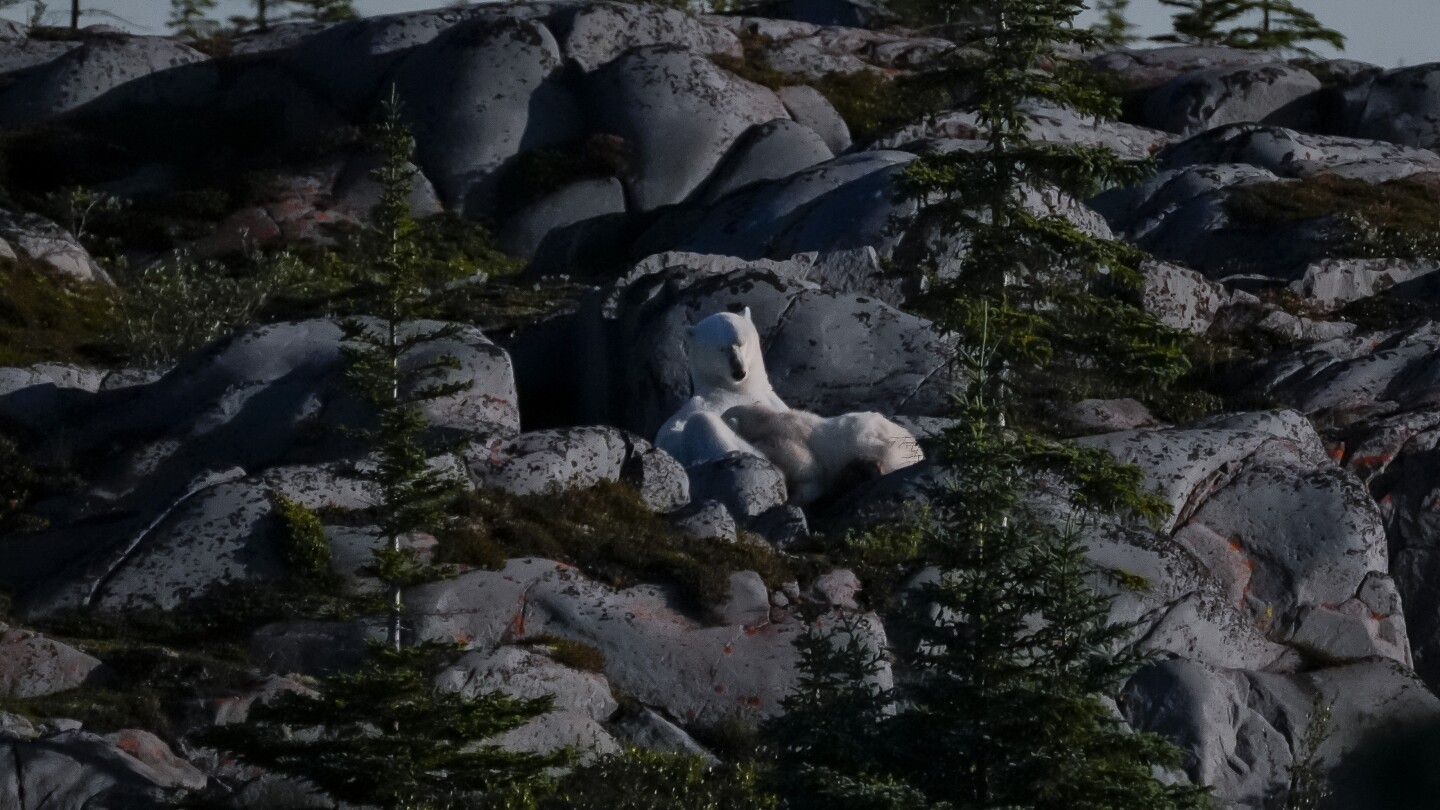- cross-posted to:
- [email protected]
- cross-posted to:
- [email protected]
There are now about 600 polar bears in the Western Hudson Bay, one of the most threatened of the 20 populations of the white beasts. That’s about half the number of 40 years ago, says York, senior director of research and policy at Polar Bears International. His latest study, with a team of scientists from various fields, shows that if the world doesn’t cut back more on emissions of heat-trapping gases “we could lose this population entirely by the end of the century,” he says.
More than polar bears are threatened in this changing gateway to the Arctic, where warmer waters melt sea ice earlier in the year and the open ocean lingers longer. For what grows, lives and especially eats in this region, it’s like a house’s foundation shifting. “The whole marine ecosystem is tied to the seasonality of that sea ice cover,” University of Manitoba sea ice scientist Julienne Stroeve said.
The polar bear — the symbol of both climate change and an area warming four times faster than the rest of the world — is the king of fat. When mother polar bears nurse their young — as an Associated Press team witnessed on rocks outside of Churchill, Manitoba, the self-proclaimed polar bear capital of the world — what comes out in the milk is 30% fat, York says.
“If you think of the heaviest of heavy whipping cream, it would be just like drinking that,” York says. “This why you can have cubs that are born the size of my fist in January emerge in March at 20 to 25 pounds.”



Associated Press - News Source Context (Click to view Full Report)
Information for Associated Press:
Search topics on Ground.News
https://apnews.com/article/polar-bear-arctic-climate-change-whale-fat-938de0e1662eed4d01a747708b82e539
Media Bias Fact Check | bot support